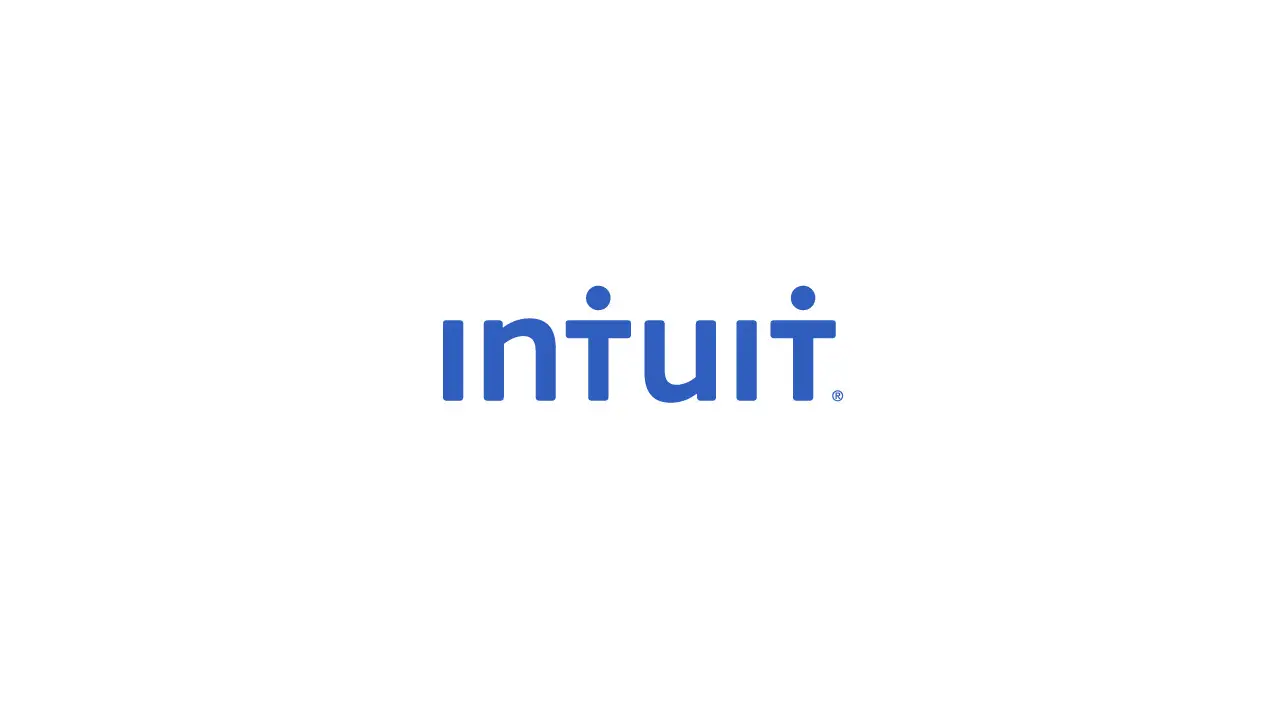


This prompted a move to join a startup as a developer, which then lead to him interviewing potential candidates on the phone.ĭetermined to upgrade his interviewing skills so he could hire better candidates, Patzer picked up a copy of “Topgrading: How Companies Win by Hiring, Coaching, and Keeping the Best People” (2005).

program at Princeton and received a MSEE instead.Īfter a short stint in IBM, Patzer realized if he wanted to have ‘fun’ in his job in the near future, he’d have to find a place that didn’t promote people based on their seniority. Patzer later graduated Duke University in Computer Science and Electrical Engineering, dropped out of a PhD. By 16, he had self-taught himself enough to design websites that paid for his school tuition. He grew up in Indiana and by age six, he was already tinkering with computers. Like most success stories, Aaron Patzers’ past is peppered with determination and hard work. That feeling of certainty is a luxury not many managers in companies have! Because as we know, we don’t always get the A-Players even if we’ve done our due diligence in hiring. It was uncomfortable at points, because it took a long time, but it was worthwhile because I was confident with every single person on my staff.”

It meant asking for recommendations from investors, friends and trusted advisors.Īs he mentioned in an interview with, “I made sure I went through the Topgrading steps to be sure I got top performers in all positions. However, finding the right people wasn’t easy. There are a lot of other factors involved, but hiring the right team is akin to setting the right foundation - because a good foundation can withhold a lot.įor Patzer, hiring the right people meant having confidence in his team and the capabilities of his company. Obviously I’m not suggesting that all it takes to build a successful company is hiring the right people. What Does It Take To Build A Successful Company? He attributed some of his success to Topgrading, so I asked him to get specific and share his story with us.Įmployees at time of sale: 40 EMPLOYEES, GLOBAL CUSTOMERS Only a mere 2 years after launching (in 2007), Patzer sold to Intuit for a cool $170 million. When I heard that founder and former-owner of, Aaron Patzer, had used the Topgrading methodology to hire his team, I knew I had to have a chat with him. Sequential interviews find patterns in human behavior. I'm a big advocate of Brad Smart's TopGrading system.


 0 kommentar(er)
0 kommentar(er)
